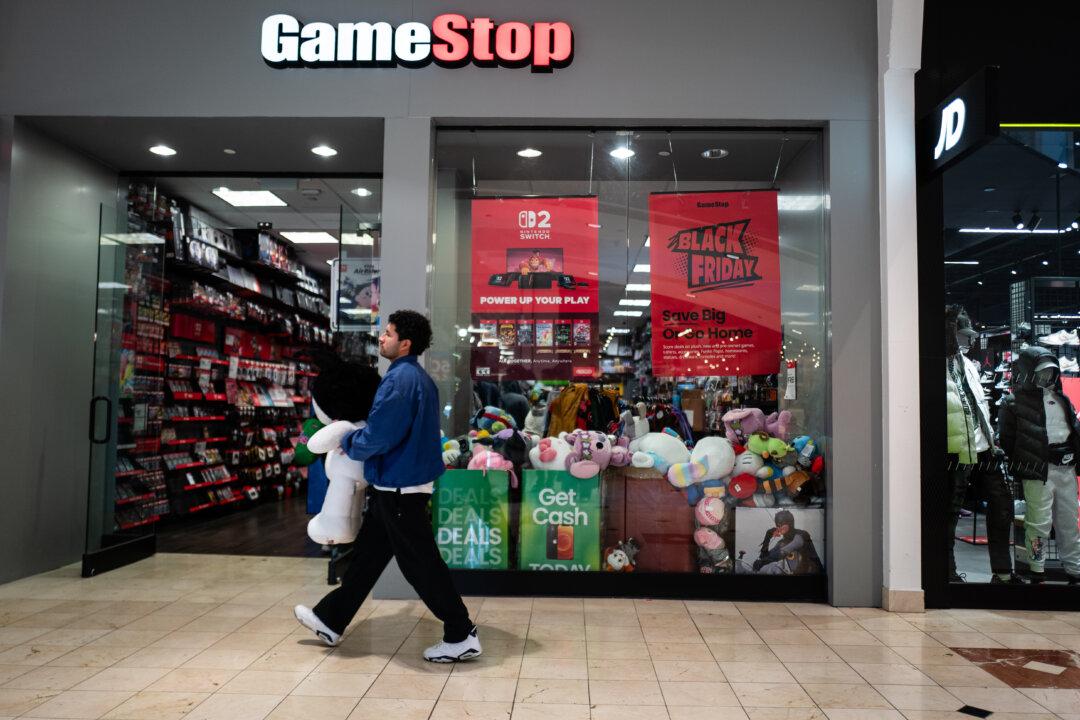Office employees in Manhattan are resuming in-person work at a mere trickle, squeezing local businesses and clouding their prospects of survival amid struggles to recover from the COVID-19 fallout.
As of Sept. 18, only about 10 percent of Manhattan office workers had returned, according to recent figures from commercial real estate services firm CBRE Group, as reported by The Wall Street Journal and confirmed by the company’s director of communications in an emailed statement to The Epoch Times.





